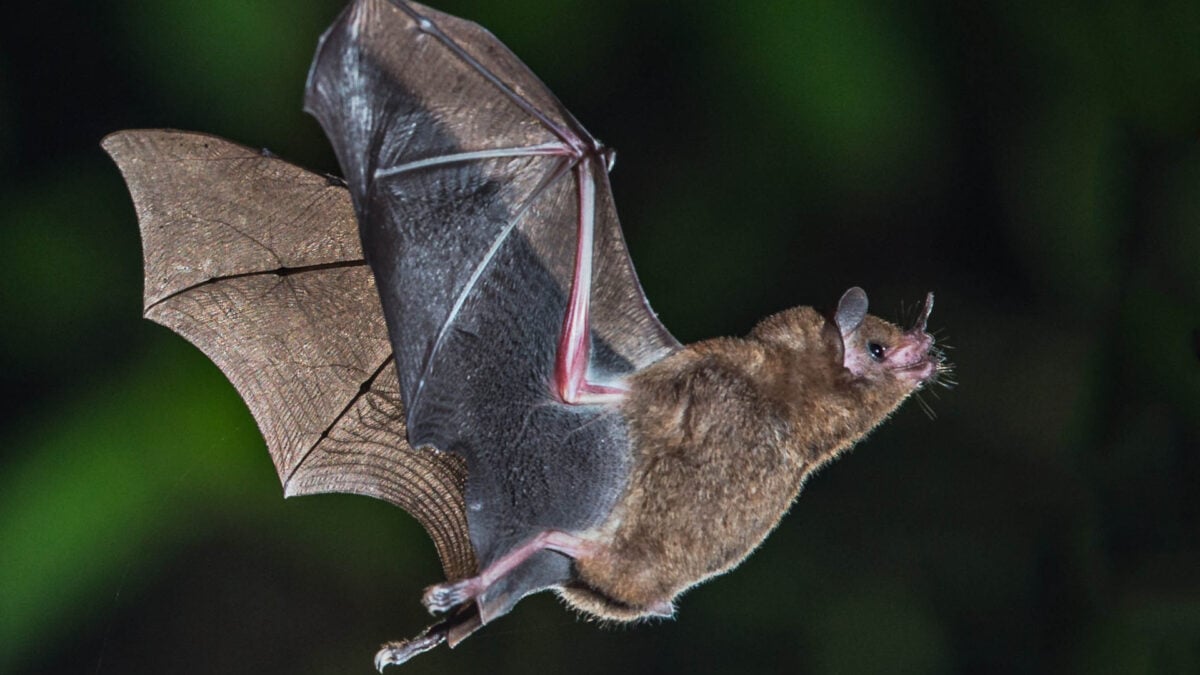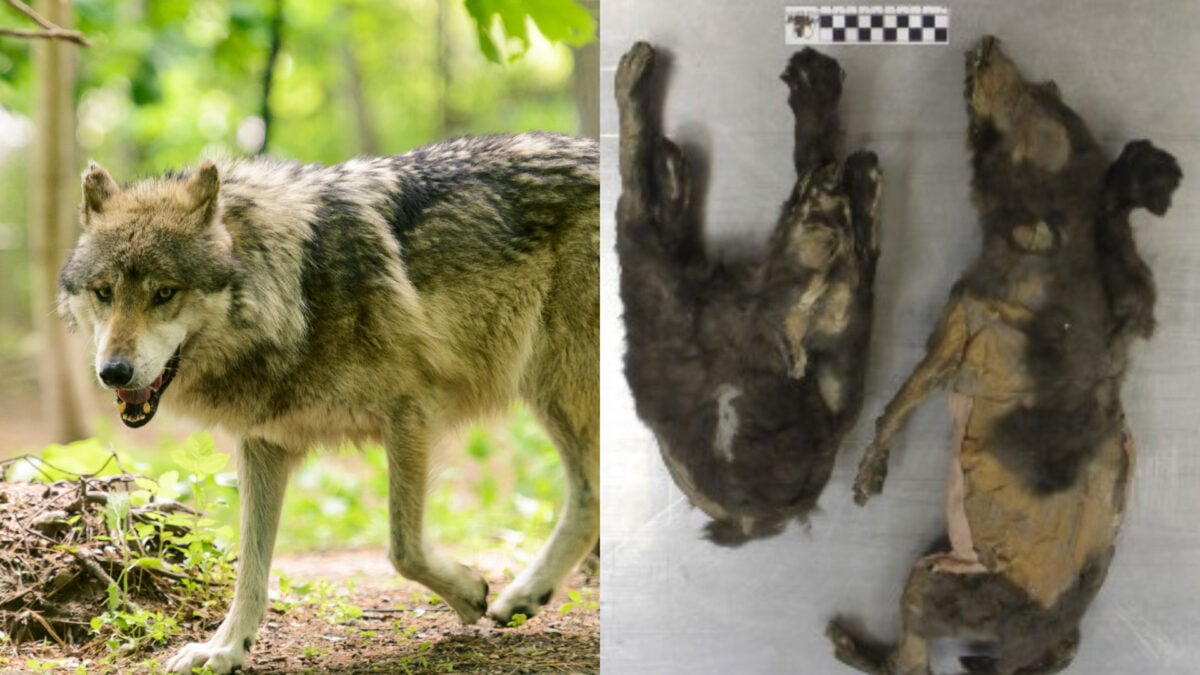The Greenland shark’s longevity is well-known, with researchers estimating lifespans of at least 250 years. Bats also live impressively long, often cancer-free for over 25 years. This remarkable bat cancer resistance fascinates scientists. University of Rochester researchers explored this in four bat species, as detailed in a UR statement, offering potential clues for human cancer treatments.
The Longevity-Cancer Paradox in Bats
Typically, extended lifespans increase cancer risk due to more cell divisions and stressor exposure. However, bats defy this. As researchers highlighted in a study in Nature Communications, “few to no tumors have been reported in long-lived wild and captive populations of bats,” indicating unique protective biology.
Unveiling Bats’ Anti-Cancer Arsenal
Led by biologists Vera Gorbunova and Andrei Seluanov at the University of Rochester, the team studied mechanisms in the little brown bat, big brown bat, the cave nectar bat, and the Jamaican fruit bat.
The Power of p53
A key defense is the tumor-suppressor gene p53. Little brown bats, for example, have two copies and high p53 activity, efficiently clearing cancerous cells via apoptosis (programmed cell death). Researchers “hypothesize that some bat species have evolved enhanced p53 activity as an additional anti-cancer strategy, similar to elephants.” Bats expertly balance p53 levels, unlike humans where p53 mutations are common in cancer.
Telomerase and Cellular Longevity
Bats also utilize the enzyme telomerase, allowing their cells to multiply endlessly without replicative senescence—a process limiting cell division that can promote age-related inflammation. While indefinite proliferation sounds risky, bats’ high p53 activity effectively counters potential cancer development from these “immortal” cells.
A Uniquely Adapted Immune System
Furthermore, bats possess distinct immune systems. The study notes, “bats have unique immune systems which allows them to survive a wide range of deadly viruses.” These “immune adaptations may also recognize and eliminate tumors,” and potentially “temper inflammation, which may have an anticancer effect,” contributing to their cancer resistance.
Not Invincible, But Exceptionally Well-Defended
Surprisingly, bat cells can turn malignant after only two “oncogenic hits.” This indicates bats aren’t naturally cancer-proof but possess, as the University of Rochester statement highlights, “robust tumor-suppressor mechanisms” that swiftly deal with threats.
Conclusion: Learning from Nature’s Survivors
These findings underscore the importance of bats’ multi-layered cancer defenses, particularly enhanced p53 activity, which is already a target for some anti-cancer drugs. This research further exemplifies how studying nature’s unique adaptations can provide crucial insights for human health challenges, ultimately advancing the ongoing quest to combat cancer in humans.
References
- Research on bat anti-cancer mechanisms. Nature Communications. Retrieved from https://www.nature.com/articles/s41467-025-59403-z











